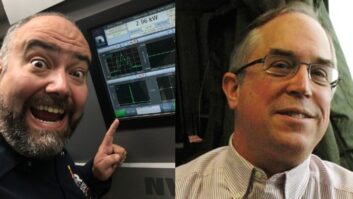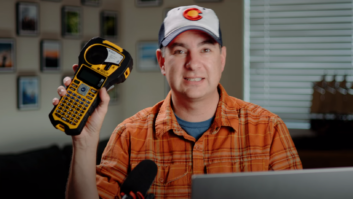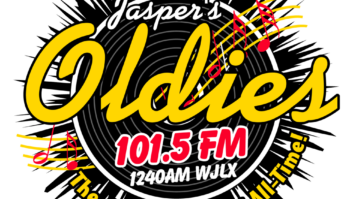This is one in a series summarizing notable comments being filed to the FCC on its AM revitalization NPRM. Read other summaries at radioworld.com/amcomments.
Engineer Dave Hershberger says the main problem with AM is it only works in cars now and is “mostly unusable” in residences. Hershberger has worked for some time in RF manufacturing and currently is the senior scientist at Continental Electronics. He filed these comments with the commission as an individual.
Calling the proposals laid out in the commission’s Notice of Proposed Rulemaking “a mixed bag,” he notes that some suggestions, such as the use of FM translators for AM “are quite promising” while others may actually increase interference. In his comments he includes a photo of his Pixel Technologies broadband loop antenna installation to bring in the signal from KNCO(AM), Grass Valley, Calif., some six miles away.
Many of the AM revitalization proposals in the NPRM are “too little, too late,” he tells the FCC.
He suggests the rulemaking not try to “legislate or oppose” physics. “Signals travel a long distance, well beyond line of sight. Because of the large nighttime coverage, it is best suited for use by a relatively small number of high power stations,” according to Hershberger, and the audience will still be mostly in vehicles.
Hershberger proposes migrating AM stations away from the senior band and onto at least two alternative transmission modes, leaving some high-power stations on AM to provide wide nighttime coverage. The first option: New VHF broadcast allocations using TV Channels 5 and 6, and/or possibly channels 7–13 where available. “DRM+ appears to be the best choice among existing systems for a new digital VHF allocation. Rather than specifying a transmission mode, we should instead specify the receiver as a flexible software-defined platform. At first the transmission mode might be DRM+ but it could be changed or upgraded with over-the air transmission of new receiver software.”
And the second option? Allocate M/H packets on existing digital TV stations to AM broadcasters.
A new VHF digital service would be a good match for local programming, with additional coverage provided by audio-only M/H service on DTV stations, Internet streaming, DirecTV and Dish Network, according to Hershberger. The latter options would be less painful than erecting outdoor antennas for AM reception.
As for digital broadcasting, Hershberger says, the band is not well-suited for that, “at least not with good audio quality and high reliability. It is a narrow bandwidth medium with selective fading. Analog broadcasting degrades gracefully during fading. A robust digital system would require too much bandwidth,” states Hershberger, who adds, “[I]f a new medium-wave allocation structure were created with perhaps 50 kHz per channel, then robust, high quality digital AM becomes possible.”
He states further: “As long as analog AM exists, any all-digital system should be restricted to just one channel — not three as is the case with hybrid AM IBOC, which occupies ±15 kHz. In other words, the signal must be limited to ±5 kHz. The all-digital version of the current AM IBOC system occupies ±10 kHz, which still spans three channels. This is not acceptable. Increasing AM interference is not the way to revitalize AM. (If a digital AM signal occupies 20 kHz of bandwidth, it occupies that bandwidth continuously. Analog signals occupying 20 kHz only occupy the full bandwidth on a fleeting transient basis.) DRM offers options which fit within a ±5 kHz channel.”
Any all-digital system must also be upgradeable. Both the modulation system and more importantly, the audio coding algorithm should be upgradeable, he says. As new technologies enable more efficient use of a 10 kHz channel, they should be deployed to existing receivers, hopefully without any intervention required by the listener. AM digital receivers should be made to accept over-the-air upgrades. Specifically, any rulemaking for digital AM should specify the receiver, and not the specific transmission system, notes the engineer.
The commission extended the reply comment period to Docket 13-249 until March 20.
Watch our page radioworld.com/amcomments for summaries of other comments to the FCC NPRM.












